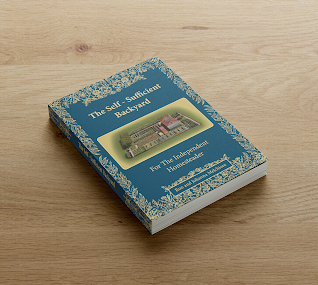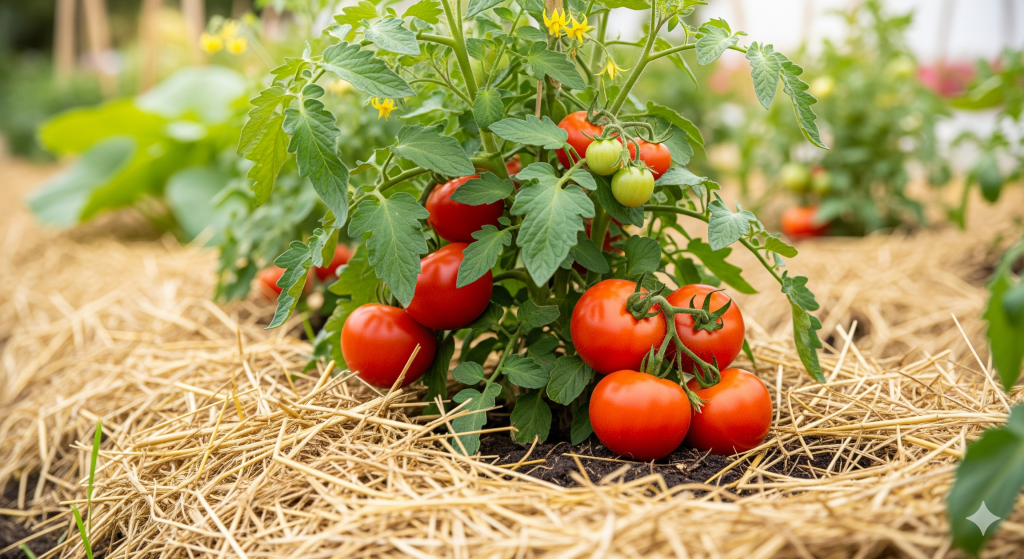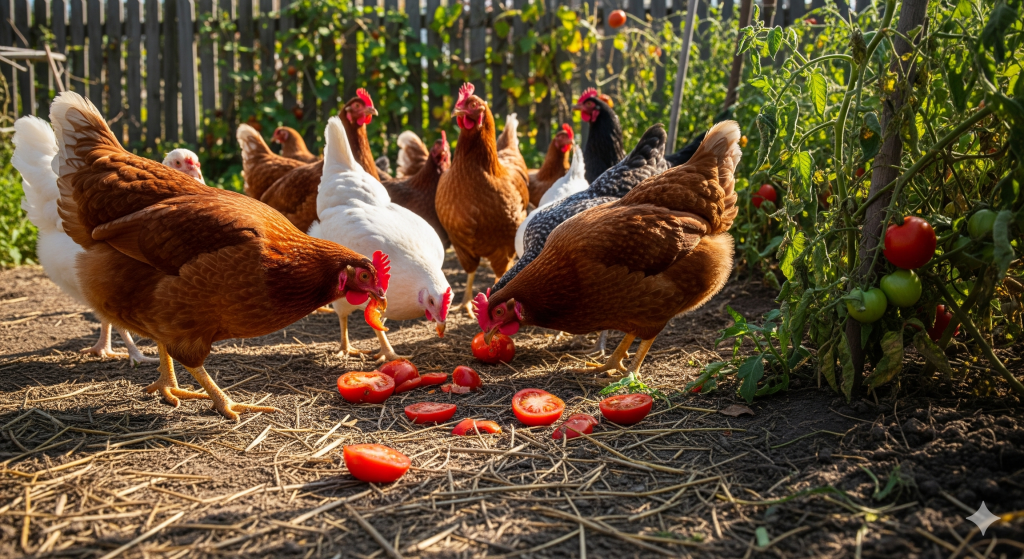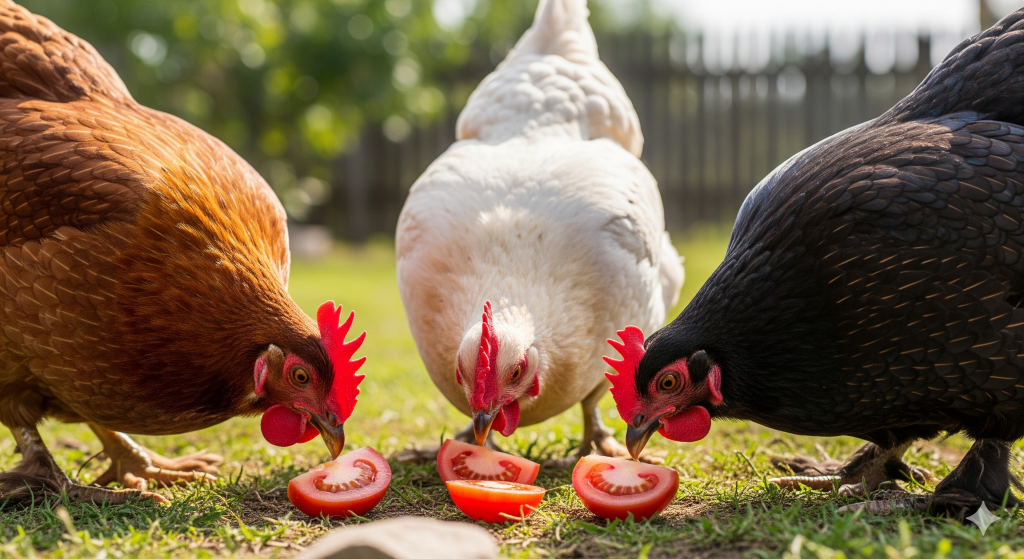Table of Contents
For any gardener aiming for a crop of lush, juicy tomatoes, the question of “can you use mulch around tomato plants?” is a crucial one. The answer is an overwhelming yes! Mulching is one of the single most beneficial practices you can adopt for your tomato plants. It’s a simple, effective technique that conserves water, suppresses weeds, and protects your plants from disease, ultimately leading to a more abundant and healthier harvest.
This guide will walk you through the benefits of mulching and help you choose the best type of mulch for your specific needs, including a look at popular options like cedar, black, bark, wood, and red mulch.
Can You Use Mulch for Tomato Plants?
Absolutely. Using mulch for tomato plants is highly recommended by experienced gardeners and horticultural experts alike. Applying a layer of mulch over the soil around your plants creates a protective barrier that offers numerous advantages:
- Moisture Retention: Mulch significantly reduces water evaporation from the soil, meaning you’ll need to water less often. This consistent moisture level is crucial for preventing problems like blossom end rot and fruit cracking.
- Weed Suppression: A good layer of mulch blocks sunlight from reaching the soil, preventing weed seeds from germinating. This means less competition for your tomato plants and less time spent weeding for you.
- Disease Prevention: Mulch prevents soil-borne fungal spores from splashing up onto the lower leaves of your tomato plants during watering or rain. This is a key strategy in preventing common diseases like early blight and Septoria leaf spot.
- Soil Temperature Regulation: In the heat of summer, mulch keeps the soil and roots cool. It also helps retain warmth during cooler spring and fall nights, protecting the plant from temperature stress.
- Improved Soil Health: As organic mulches decompose, they add valuable nutrients and organic matter back into the soil, improving its structure and fertility over time.
Ready to Take Your Self-Sufficiency to the Next Level?

If you love the self-sufficient lifestyle, this is the only guide you’ll ever need. Learn how to generate your own power, secure your water supply, and become truly independent. No fluff, just actionable plans.
➡️ Check out The Self-Sufficient Backyard and start your journey today!
What Kind of Mulch is Best for Tomatoes?
The “best” mulch often depends on your specific goals, climate, and what materials are readily available. Organic mulches are generally favored for their soil-improving qualities. Some of the top choices for tomatoes include straw, shredded leaves, and grass clippings (from untreated lawns).
Let’s explore some of the specific types you asked about:
Cedar Mulch
Cedar mulch is known for its pleasant aroma and natural insect-repelling properties. However, it can be a bit tricky for vegetables. Fresh cedar contains compounds that can inhibit the growth of young plants. If you choose to use cedar, it’s best to use it only after your tomato plants are well-established and to opt for aged or composted cedar mulch to be safe.
Black Mulch
Black plastic mulch is a popular choice in commercial farming and for gardeners looking to get an early start. It warms the soil significantly, allowing for earlier planting and potentially increasing early yields. However, it can get very hot in peak summer, potentially damaging roots if not managed. It also doesn’t add any nutrients to the soil and will need to be removed at the end of the season.
Bark Mulch
Bark mulch is a good, long-lasting option. However, like other wood-based mulches, it can tie up nitrogen in the soil as it decomposes. To counteract this, you may need to add a nitrogen-rich fertilizer. It’s also important to avoid using overly acidic bark mulches around tomatoes.
Wood Mulch
Similar to bark mulch, wood chips or shredded wood can be an effective and durable mulch. They are excellent for moisture retention and weed suppression. The main drawback is the potential to deplete nitrogen from the top layer of soil. To avoid stunting your plants, ensure your soil is well-fertilized with a nitrogen source before applying wood mulch.
Red Mulch
Red plastic mulch has been a topic of interest in the gardening world for its unique properties. Scientific studies have shown that the specific red light wavelengths reflected from this mulch can stimulate a growth response in tomato plants, leading to increased fruit production—in some cases, up to 20% more than with black plastic mulch. It offers the same benefits of weed suppression and moisture retention as black plastic.
Conclusion
Mulching is an essential practice for any serious tomato grower. It’s a simple step that pays huge dividends in the form of healthier plants, a more manageable garden, and a more bountiful harvest. While classic organic options like straw and shredded leaves are often the best all-around choices, other mulches like wood, bark, and even colored plastics can be used effectively when you understand their specific properties. By choosing the right mulch for your garden, you are setting your tomato plants up for a successful and productive season.



